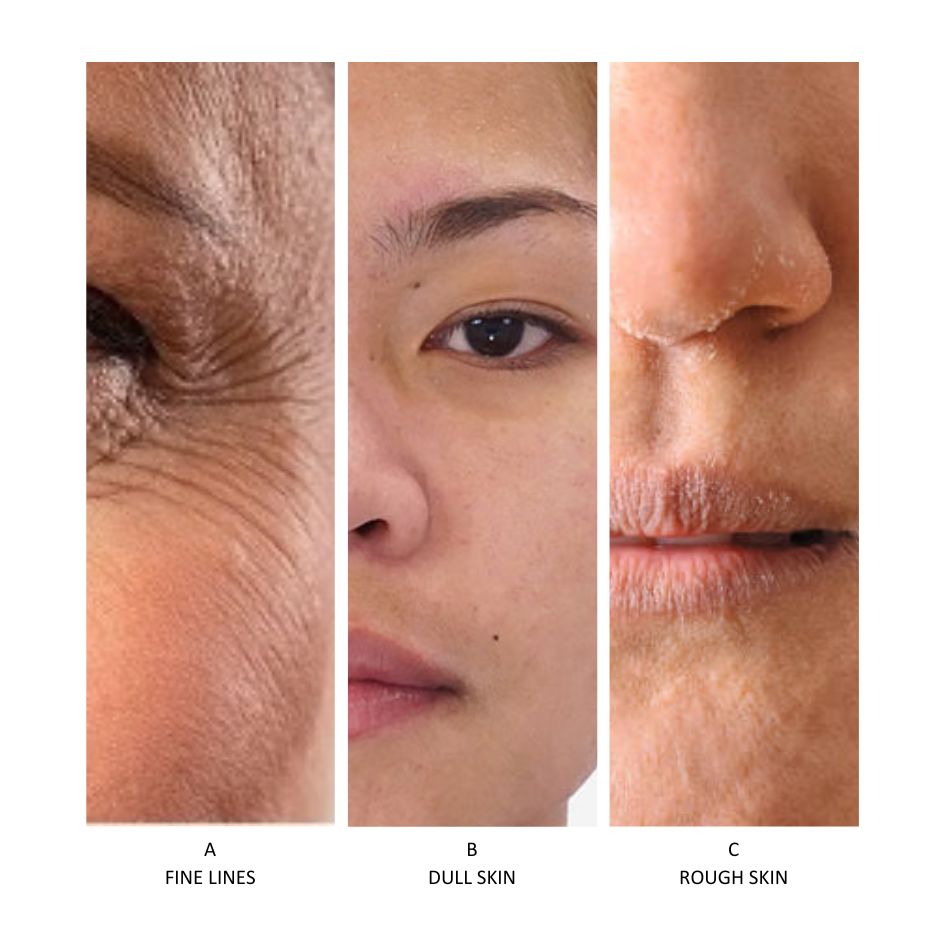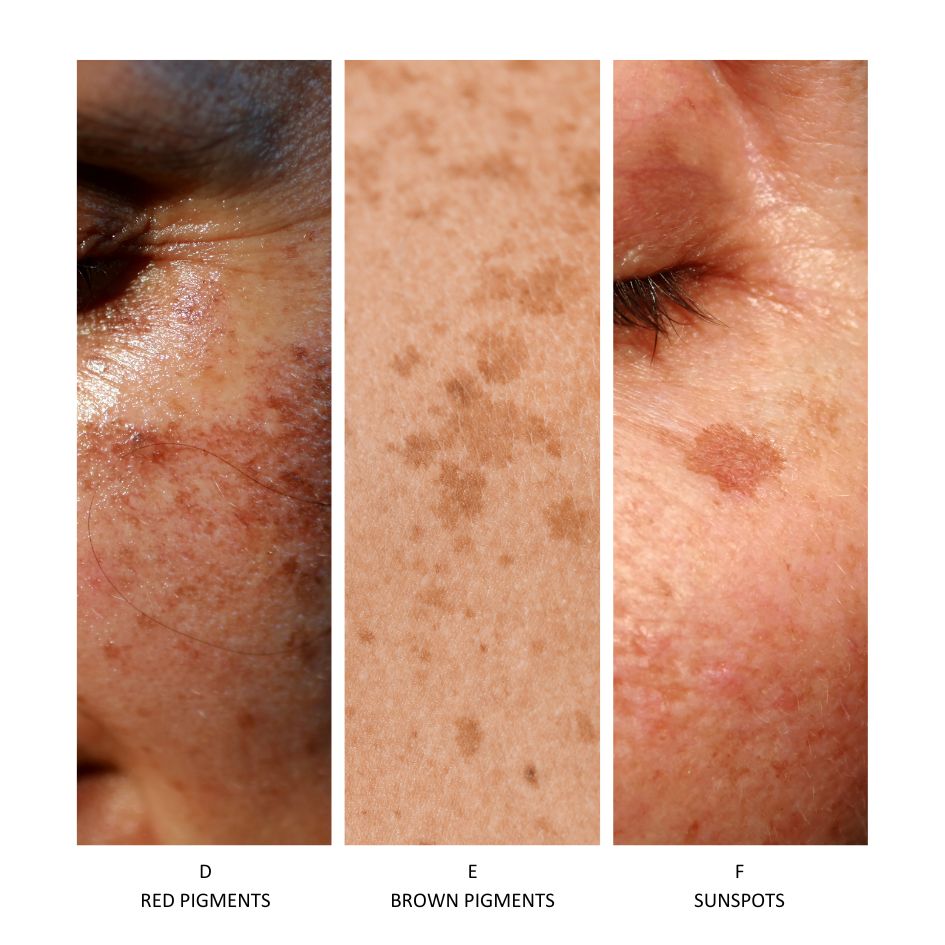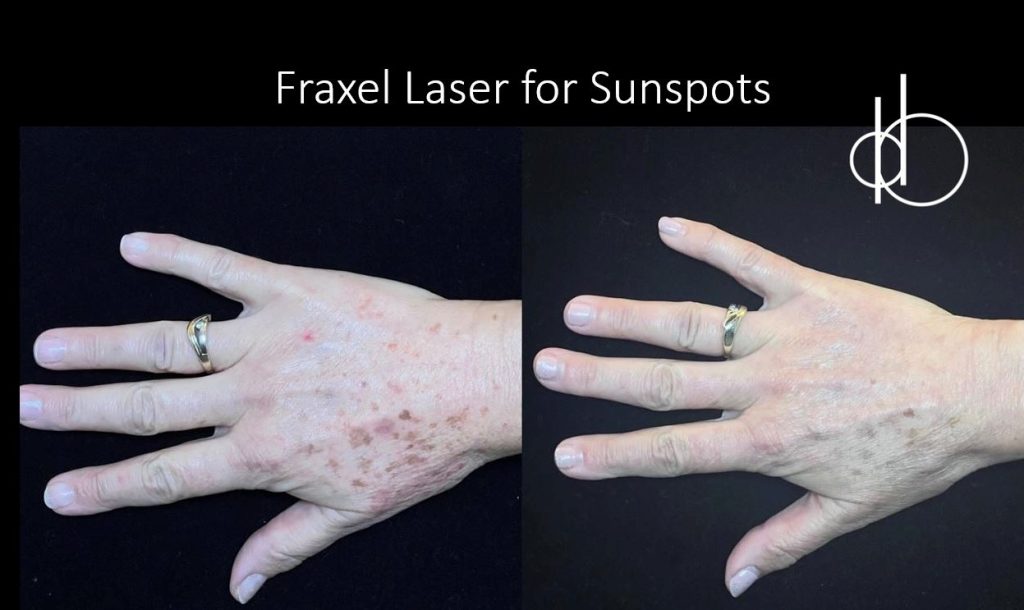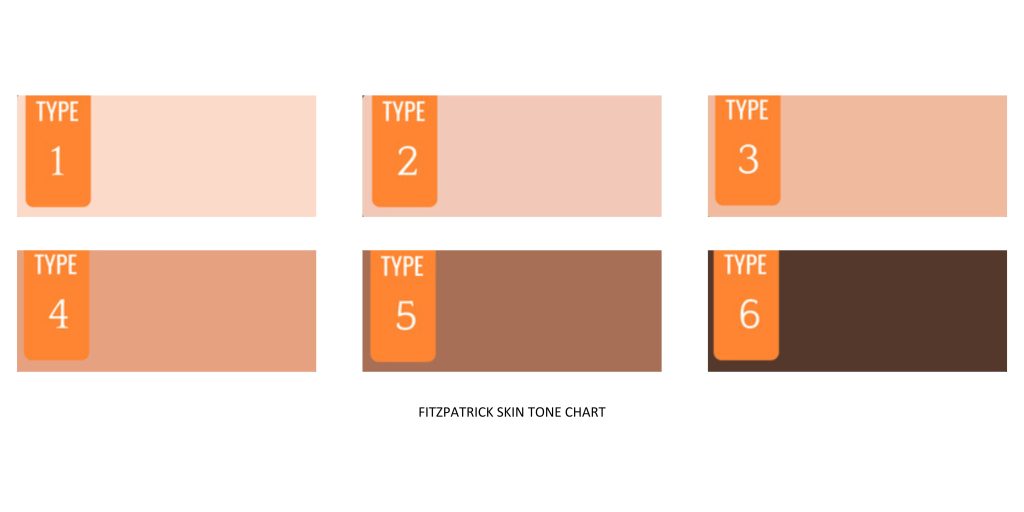We understand that starting with laser and light treatments might feel overwhelming at first. For instance, what is the best laser treatment for uneven skin tones?
But before you decide on what laser treatment to get, there are important things to think about.
Located in beautiful Calgary, Alberta, Beacon Derm boasts a team of seasoned experts in light and laser treatments with extensive experience. Before proceeding with any treatment, our consultants will work with you to determine the best choice based on your needs and what each treatment option can achieve for you.
In this article, we're going to delve into these critical factors that play a role in selecting the ideal laser treatment for you. We'll break them down into three broad categories: the specific areas you want to improve, your skin tone, and the downtime or recovery period involved.
A Quick Look at How Lasers Work
The word “laser” is an acronym for “Light Amplification by Stimulated Emission of Radiation”.
With that, we understand that laser treatments use light energy. Imagine a thin beam of light energy that’s controlled to penetrate the skin layers and causes the skin to heal via collagen stimulation.
This is why laser treatments can be used to manage skin conditions, such as acne and hair, as seen with the popular laser hair removal.
As light and laser technology gets better, there are different types of treatments that can deal with specific skin problems.
What Factors You Should Consider When Choosing a Laser Treatment
Let's check out what's available and find the perfect treatment for you with these three main factors:
1. What Area Would You Like to Improve?
Consider the problem areas you’d like to fix. Below are sample images:

A to C are textural concerns. These are closer to the skin surface and usually result from dead skin, acne scars and environmental pollutants.
Ablative treatments, which remove the outermost skin layers, are best for these skin conditions. These laser treatments tend to be more aggressive and require a longer downtime.
While we do not offer any, here are some examples:
- Fractional CO2 Laser
- Fractional Erbium Laser

D to F are coloration concerns. These are farther from the skin surface, starting deep within the skin barrier, and are usually due to sun exposure, scarring and skin injuries.
Non-ablative treatments, which penetrate deeper into the skin layers without harming the outermost layers, are best for these skin conditions. These laser treatments tend to be gentler and have a much shorter downtime. As such, they are the best laser treatments for uneven skin tones.
Examples of non-ablative treatments we offer at Beacon Derm include:

See cooler Before and After photos here.
2. What’s Your Skin Tone?
It is important to consider your skin tone because certain tones might not work well with light and laser treatments, such as the lightest and darkest tones within the spectrum. We use the Fitzpatrick skin type chart to determine which color matches your skin the best.
Look at the image below.

3. How Much Downtime Can You Spare?
Consider how much time you have to spare for the recovery period. Time plays an important role in the treatments you can select. As discussed above, ablative light and laser treatments require a longer downtime. Non-ablative laser treatments take a shorter time to heal.
Therefore, you should note any important, upcoming events and other possible interferences that could occur during your recovery period. Discuss this during your consultation.
Book Your Light & Laser Appointment at Beacon Derm
So far, we've only covered the basics of light and laser treatments. Armed with this basic knowledge, you can feel confident going into your appointment and know exactly what questions to ask.
An extra tip from our experts includes considering your budget.
You can schedule a complimentary consultation with our Treatment Designer to develop a long-term plan for your skin needs. During your consultation, we will also assess other factors, such as family genetics. From there, our laser technicians will recommend the appropriate lasers.
Some of our most common concerns include brown spots, uneven skin tones, melasma, scars and fine lines.
Book a consultation today. We look forward to speaking with you.